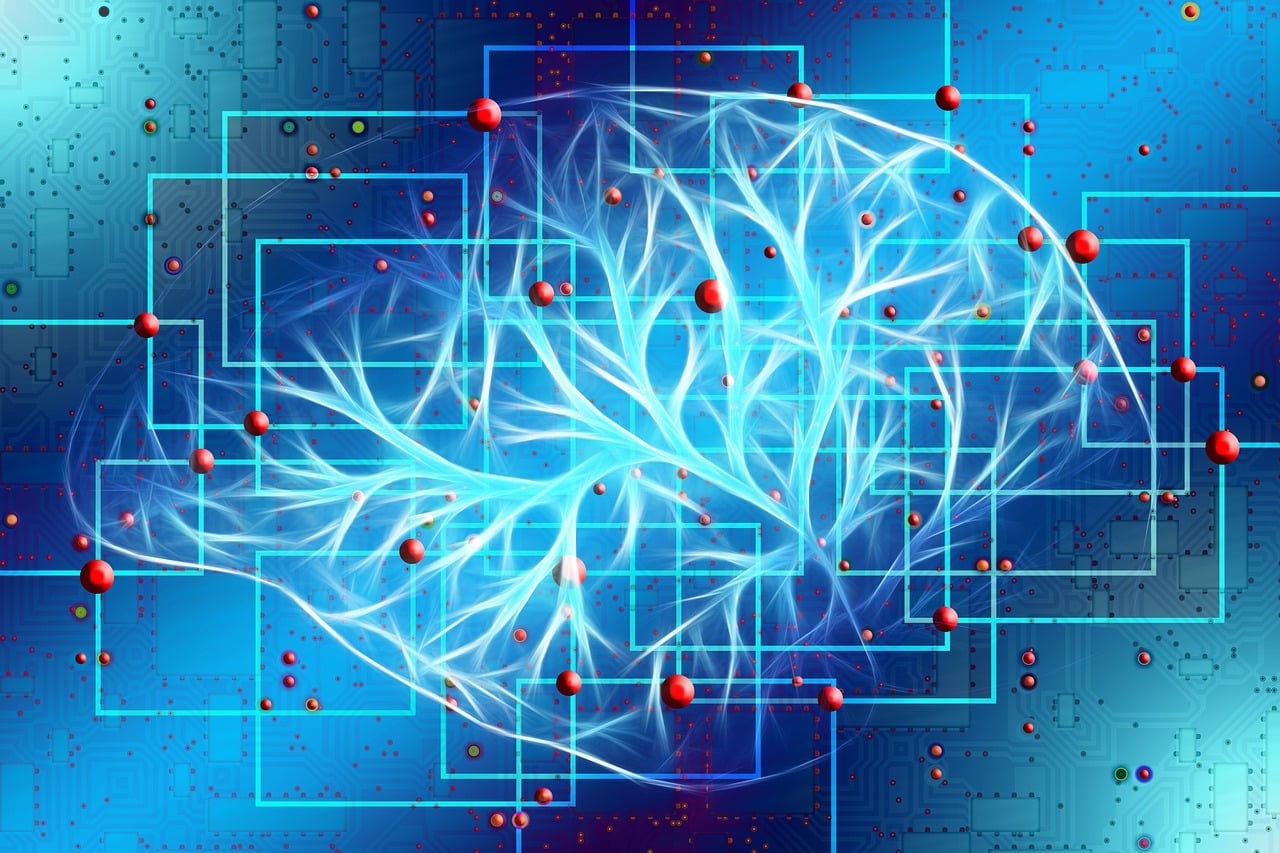
Predictive artificial intelligence
Predictive artificial intelligence is one of the many useful applications of artificial intelligence. The vast amounts of data available, especially historical data, combined with analysis models capable of improving through artificial intelligence, lay the groundwork for the development of predictive models.
Predictive artificial intelligence allows predicting trends, recurring patterns, and patterns, thanks to a thorough analysis of the available data. This clearly offers countless advantages depending on the fields of application: regardless of sectors and objectives, having an eye on the future opens new doors to corporate business intelligence.
What is Predictive Artificial Intelligence
Predictive artificial intelligence is not an absolute novelty; as we will see later in this article, there are already established examples of predictive AI applications. However, speaking of a hot and dynamic topic like AI, innovations are practically daily, so we can safely say that predictive artificial intelligence has made significant strides in recent years and months.
Performing predictive analysis means using historical data as a basis for future predictions.
We thus have two fundamental elements at play: a dataset and an analysis model.
The dataset
We are in the era of Big Data (and beyond), and now companies, especially those that have begun a digital transition, have understood the value of data and have management systems for their collection.
The data available to companies should therefore be plentiful and sometimes even categorized.
This allows choosing a dataset to analyze, which will be the main foundation for future predictions. From this, the first important consideration about predictive analysis arises: the accuracy of AI’s work and thus predictions depends on the initial dataset. The cleaner and more focused the package of information to be analyzed, the better the predictions.
The predictive model
At this point, artificial intelligence comes into play, which will be tasked with analyzing historical data and returning recurring patterns and schemes to give us useful information about what might happen in the future.
We thus enter the field of machine and deep learning, Bayesian networks, and knowledge graphs.
Sometimes the prediction can be forced, meaning we can search for a specific recurring pattern, while other times freedom can be given to calculation algorithms to understand if, in general, there are recurring patterns whose identification can be useful for business analyses.
How Predictive Analysis Works
The starting point of predictive analysis is data: enormous amounts of data are needed for predictive analysis, not only internal to the company but also related to the sector or market segments on which we are interested in analyzing.
Therefore, an adequate data collection system is necessary within the company, but at the same time, it is fundamental to access supplementary data related to the sector of belonging, which can usually be found online or purchased from specific companies.
Then a machine learning system is needed on which to base the predictive model, which will require a structure capable of generating good and rapid computing power and data mining infrastructures to support artificial intelligence.
The predictive analytics that follow provide crucial information to companies, allowing significant advancements in business intelligence.
Having an advanced view of trends, patterns, anomalies, behaviors, etc., allows for an absolutely modern and effective market approach, enabling great developments from a business perspective.
Examples
To understand how predictive analysis can help a company, let’s look at some examples from various sectors that can clarify its potential.
In the field of marketing, predictive analysis allows for an extremely accurate understanding of customers’ purchasing habits and potential customer behaviors. A predictive analysis system could estimate the likelihood of purchasing a particular product following a marketing campaign, a factor that could help a company understand in advance whether a business line or marketing investment will generate value for the company.
In the industrial field, one could analyze data from machinery used in the production process to understand if there are recurring anomalies, analyze repair and replacement costs, and understand if certain maintenance activities could allow the company significant money savings.
In the pharmaceutical field, predictive AI can even be used for the analysis, research, study, and experimentation of new drugs, at speeds not accessible until a handful of months ago.
The Future of Predictive Analysis
The potential of this technology is virtually infinite, as are the fields of application and market sectors that can benefit from it.
The coming months and years will tell us a lot about the benefits of a corporate organization that allows the use of artificial intelligence for predictive analysis.
Therefore, a hot topic in recent years returns: that of digital transition. We are in a historical period in which many companies have begun a path of digitization. The companies that prove most capable of carrying out this transition will be those that in the near future can make AI available to business intelligence and will likely dominate future markets.








